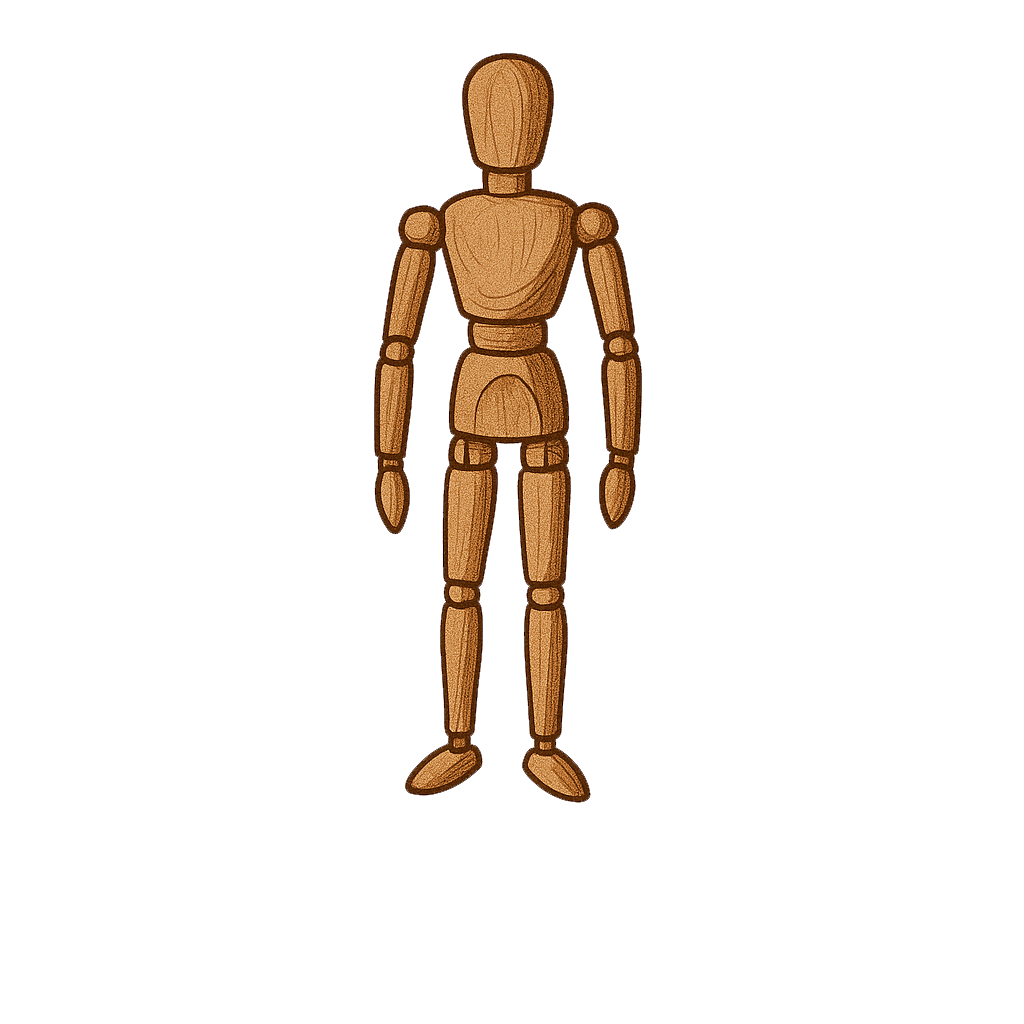“Fractured Memories: Learning to Remember”
Fractured Memories: AI, Nostalgia, and the Collapse of Memory is a video-based experimental project that dissects how memory is experienced, manipulated, and eventually fragmented through digital media. Using real photographs, AI tools, glitch aesthetics, and emotional soundscapes, the project transforms static images into moving recollections, alive, distorted, and deteriorating.
Each video begins with a single image, a symbol of something once real. From there, the image is broken into four stages: Data Collection, Processing the Memory, Reconstructed Echoes, and Destruction. Through these phases, the image evolves like a dream, shifting emotionally, glitching visually, and collapsing into something half-remembered.
Sound design plays a central role. Paired with ambient tones and AI-generated scores, each piece evokes the feel of a memory resurfacing unexpectedly: warm, haunting, or painful. The work captures fleeting personal sensations: walking under flickering city lights, watching someone from a window, or finding an old photo with a crack running through the smile.
Rather than preserving memory, Fractured Memories accepts its instability. It treats memory as something not stored but constantly rewritten, filtered through technology, nostalgia, and longing.

All This work was created using the following AI toolset:
1. Where We Left Them
A pair of shoes hangs from a tree branch. Quiet, suspended, and full of weight. This piece begins with stillness and warmth, then gradually transforms through AI-driven video generation and memory phase animation. Subtle movement and emotional pacing guide the viewer through four stages: observation, processing, reinterpretation, and eventual breakdown. The ambient soundtrack, created using ElevenLabs and Suno, features soft environmental textures and swelling tones that reflect the fragility of the moment.
2. Wires to the Moon
A calm night sky interrupted by the tension of power lines and distant light. The image was processed using AI to simulate perception and memory interpretation. Movement is slow and thoughtful, but becomes increasingly abstract as the memory phases progress. The sound design uses deep drones and tonal shifts to suggest a loss of focus, like the fading of a memory once vivid.
3. Walking Away from the Frame
Two women walk into the distance, timestamped like a home movie. The AI’s animation creates a soft sense of movement that loops gently, representing the act of recalling. As the phases unfold, the memory grows more distant and ambiguous. The audio features layered wind and reversed elements, echoing the sensation of chasing a memory that’s slowly disappearing.
4. The Road I Forgot
A quiet road vanishes into a forest. With each phase, the AI’s interpretation shifts, first trying to stabilize the scene, then slowly letting it drift apart. By the end, the road becomes a soft abstraction. The soundscape pairs environmental ambiance with subtle emotional progression, suggesting the natural process of forgetting.
5. The Glow We Grew In
A nostalgic living room glows gently around two siblings. AI motion adds subtle life to the still image before the scene transforms into an emotional reconstruction. As the video progresses, softness turns to uncertainty. The sound design supports this shift with analog warmth and intimate ambient tones that slowly begin to fade.
6. Fracture in the Frame
A cracked photograph lies still. AI-generated video breathes movement into the image, enhancing its emotional texture. Rather than using glitch, the breakdown here occurs through slow visual reinterpretation. The sound design layers vinyl-like warmth with deep resonance, mimicking the emotional tension of trying to preserve a fractured memory.
7. Flicker Beneath the Lights
A rainy crosswalk under neon lighting becomes the center of a digitally remembered moment. AI-driven motion explores routine and rhythm, allowing the scene to shift and replay in subtle ways. The memory doesn’t break—it slowly loses precision. The soundtrack pulses beneath soft textures and synthetic city ambiance, reflecting the emotional weight of urban nostalgia.
8. Echoes Between Levels
A staircase loops softly in and out of motion. Through AI processing, the image becomes less architectural and more psychological. Each phase introduces small changes in pace and focus. The audio uses layered echoes and spatial ambience to enhance the sense of drifting between thoughts and floors of memory.
9. Circulating Ghosts
A grayscale street scene flows with quiet motion. The AI observes and repeats small gestures until the memory starts to blur. The result is not a digital glitch, but a human rhythm slipping out of sync. The sound design loops ambient city layers and gentle dissonance, suggesting routine as both comfort and confusion.
10. Afternoon Between Bars
A woman sits in golden light by a window. The image feels peaceful, but through slow AI interpretation, the moment becomes heavy and stretched. The scene holds stillness, yet it slowly warps. The ambient soundtrack reinforces the emotional shift with layered hums, distant textures, and tonal decay, inviting the viewer to sit with the discomfort of memory held too long.




